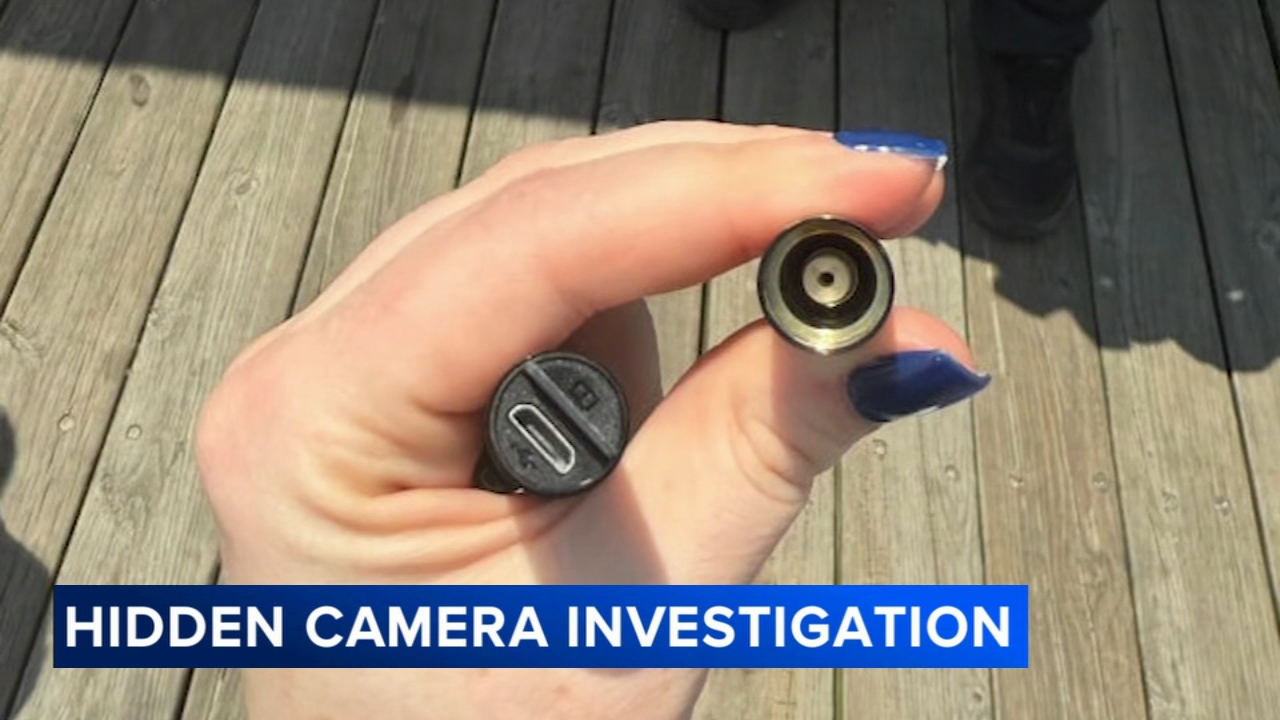Trump's deployment of troops to Los Angeles prompts host of legal questions
Remarkable images are emerging of Marines training and National Guardsmen armed with rifles accompanying ICE agents on raids in Los Angeles.
It's a scene President Donald Trump and Defense Secretary Pete Hegseth say can be replicated in any other American city where there are protests against the administration's immigration crackdown.
It's also raising a host of legal questions regarding what Trump can and can't do with regards to the military on U.S. soil, and whether he's crossing the line.
A first hearing on some of these issues is set for Thursday as California Gov. Gavin Newsom, a Democrat, challenges the federal deployment and seeks emergency relief.
How Trump mobilized the troops
To send thousands of National Guardsmen to Los Angeles, Trump invoked Section 12406 of Title 10 of the U.S. Code.
The statute allows the president to call on federal service members when there "is a rebellion or danger of rebellion against the authority of the Government of the United States" or when "the President is unable with the regular forces to execute the laws of the United States."
In his order, Trump said the troops would protect federal property and federal personnel who are performing their functions.
Trump, however, did not invoke the Insurrection Act -- a clear exception to the mandates of the Posse Comitatus Act, the law that limits the military from being involved in civilian law enforcement.
"Instead, he's using authorities in a very novel way," Elizabeth Goitein, a senior director of the Liberty and National Security Program at the Brennan Center, said on ABC News Live.
Goitein noted how broad Trump's memorandum is in nature, saying it's not limited to Los Angeles and allows for troops to be sent anywhere protests "are likely to occur."
"This is a preemptive, nationwide, potentially, deployment of the federal military to effectively police protests. It is unheard of in this country," Goitein said.
California seeks emergency relief
California leaders claim Trump inflamed the protests by sending in the military when it was not necessary, and did so illegally.
Newsom argues the situation, which has been relatively confined to a few square blocks in downtown Los Angeles, doesn't justify the use of Section 12406 in Title 10.
"To put it bluntly, there is no invasion or rebellion in Los Angeles; there is civil unrest that is no different from episodes that regularly occur in communities throughout the country, and that is capable of being contained by state and local authorities working together. And nothing is stopping the President from enforcing the laws through use of ordinary, civilian mechanisms available to federal officers," the state contended in an emergency motion.
The state's lawsuit also lambasts Trump for bypassing the governor and local leaders who objected to the mobilization of the National Guard and active duty Marines.
However, some legal experts say Section 12406 in Title 10 does not on its face require a request from the governor. There is also precedent for the president sending in the National Guard without governor support: in 1965 President Lyndon B. Johnson sent the National Guard to deal with civil unrest in the South without cooperation from state leaders.
Immigration raids raise more questions
"If this ultimately gets to the Supreme Court, I don't think they're going to find that the president unlawfully federalized the National Guard troops," said Rachel VanLandingham, a professor at Southwestern Law School in Los Angeles and a former active duty judge advocate in the U.S. Air Force.
"A different issue is if these federalized troops, either National Guard or Marines, cross the line into law enforcement and therefore violate Posse Comitatus," she said.
National Guard members joining ICE on raids marks a significant escalation, she said.
"It's getting dangerously close to law enforcement," VanLandingham said.
California made that argument in its emergency motion.
"Defendants intend to use unlawfully federalized National Guard troops and Marines to accompany federal immigration enforcement officers on raids throughout Los Angeles," the motion states. "They will work in active concert with law enforcement, in support of a law enforcement mission, and will physically interact with or detain civilians."
The Trump administration has steadfastly defended the moves and is urging a federal judge to block California's request for a temporary restraining order.
"The extraordinary relief Plaintiffs request would judicially countermand the Commander in Chief's military directives -- and would do so in the posture of a temporary restraining order, no less. That would be unprecedented. It would be constitutionally anathema. And it would be dangerous," lawyers with the Department of Justice said in a court filing.
The DOJ lawyers argued that California should not "second-guess the President's judgment that federal reinforcements were necessary" and that a federal court should defer to the president's discretion on military matters.
ABC News' Peter Charalambous contributed to this report.







